In the last two months the project team have been out and about disseminating the latest information about the Arabic Symbol Dictionary across four continents!
But the beginning of September two members visited the AAATE 2015 conference In Budapest Hungary where they presented a paper on “A Participatory Research Approach to develop an Arabic Symbol Dictionary” (PDF booklet download) and the impact this has had on the development of the symbols and lexical concepts. There was time for networking and meeting up with some very interesting contacts in particular companies who are already working on ideas that might support refugees from Syria and the Middle East In particular Tobii Dynavox who were producing a communication boards and wanted to see our symbols.
But one of the most searching questions posed by Katerina Mavrou from Cyprus was how we would be maintaining the project once the funding had expired and we felt that this would be tough at the level it was being maintained at present and admitted as much when asked about new symbols and how these would be achieved – Would crowdsourcing work? They are all available under a creative commons licence and are free for all to use.
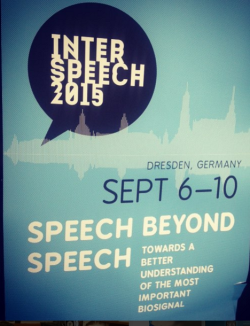 Whilst this was going on Nawar Halabi was at The Sixth Workshop on Speech and Language Processing for Assistive Technologies. This was a satellite workshop of the Interspeech 2015 conference of the presentation was on the system developed to find an Arabic core vocabulary for the dictionary. Generating acceptable Arabic Core Vocabularies and Symbols for AAC users (download .pdf)
Whilst this was going on Nawar Halabi was at The Sixth Workshop on Speech and Language Processing for Assistive Technologies. This was a satellite workshop of the Interspeech 2015 conference of the presentation was on the system developed to find an Arabic core vocabulary for the dictionary. Generating acceptable Arabic Core Vocabularies and Symbols for AAC users (download .pdf)
The following week on the 13th -15th September, a poster was presented a Communication Matters which will be followed up by an article in their journal. During the two days there was a chance to meet those working with companies and therapists with an interest in symbols relating to the use of the Arabic language and its culture.
 David Banes was then involved in a DRT4ALL forum discussion in Madrid about the global trends in technology and accessibility where he discussed the use of the symbols being developed.
David Banes was then involved in a DRT4ALL forum discussion in Madrid about the global trends in technology and accessibility where he discussed the use of the symbols being developed.
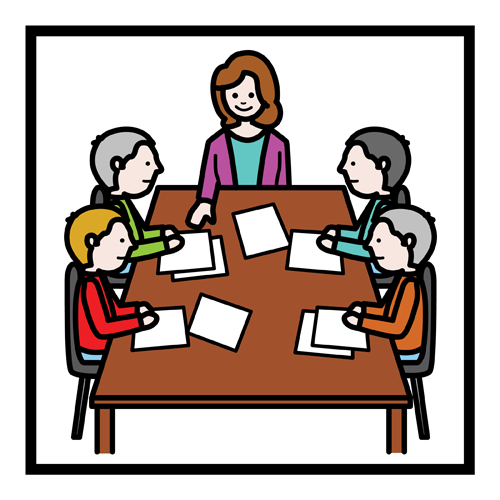 E.A also escaped to Spain to meet up with the ARASAAC team in Zaragoza where they were kind enough to spend time discussing aspects of their symbol creation and in particular very interesting booklets for museums, libraries and other materials. It was wonderful being able to finally really discuss the collaboration and the way we are licensing our symbols.
E.A also escaped to Spain to meet up with the ARASAAC team in Zaragoza where they were kind enough to spend time discussing aspects of their symbol creation and in particular very interesting booklets for museums, libraries and other materials. It was wonderful being able to finally really discuss the collaboration and the way we are licensing our symbols.
Closing the Gap will beheld late in October And a member of the Mada team has been provided with leaflets about Tawasol symbols for those interested in AAC so that a month into the launch of the website USA is the next continent on the list to receive news about the project
 Later in October the ASSETS 2015 conference will be held in Lisbon and a poster about the voting and online symbol management system was presented. Meanwhile David is once again attending a forum Meeting, This time with UN DESA/DSPD (Disability and development – Disability Inclusion and Accessible Urban Development) linking up with Nairobi Kenya. We could say this is the fourth continent In two months!
Later in October the ASSETS 2015 conference will be held in Lisbon and a poster about the voting and online symbol management system was presented. Meanwhile David is once again attending a forum Meeting, This time with UN DESA/DSPD (Disability and development – Disability Inclusion and Accessible Urban Development) linking up with Nairobi Kenya. We could say this is the fourth continent In two months!
The AAATE and ASSETS papers are available from the publishes and will be added to eprints once they are available.
November brings the WISE Summit in Doha with the workshop and then there is preparation for 2016 and Arab Health in Dubai, Possibly a ATIA in USA, The Qatar Foundation Annual Research Conference 2016 (ARC’16), Innovation Arabia 9 and ICCHP 2016 in Austria and ICCHP 2016 in Canada before Communication Matters once again if all goes well.



 20 have been accepted by participants voting via the symbol management system. These will be made available on the globalsymbols.com website when it is launched.
20 have been accepted by participants voting via the symbol management system. These will be made available on the globalsymbols.com website when it is launched.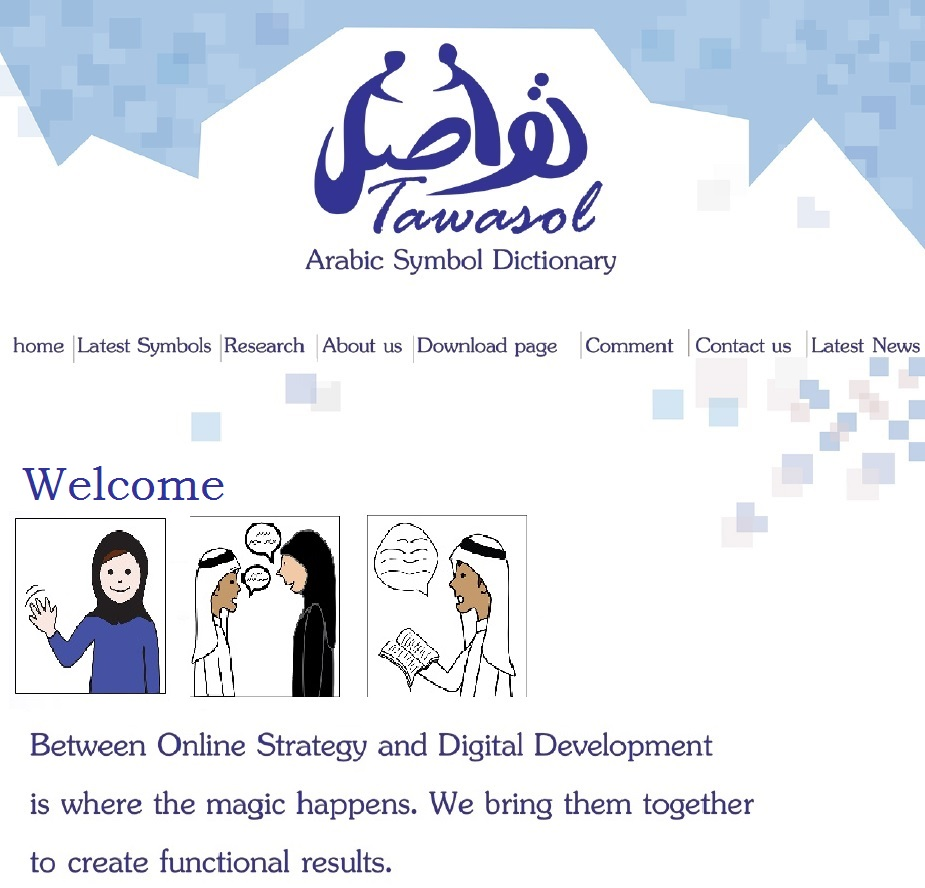


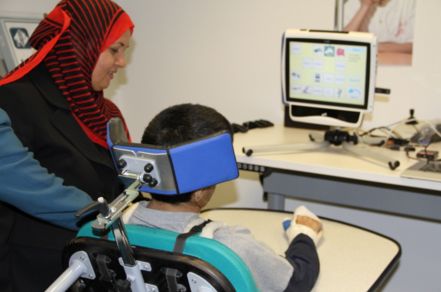





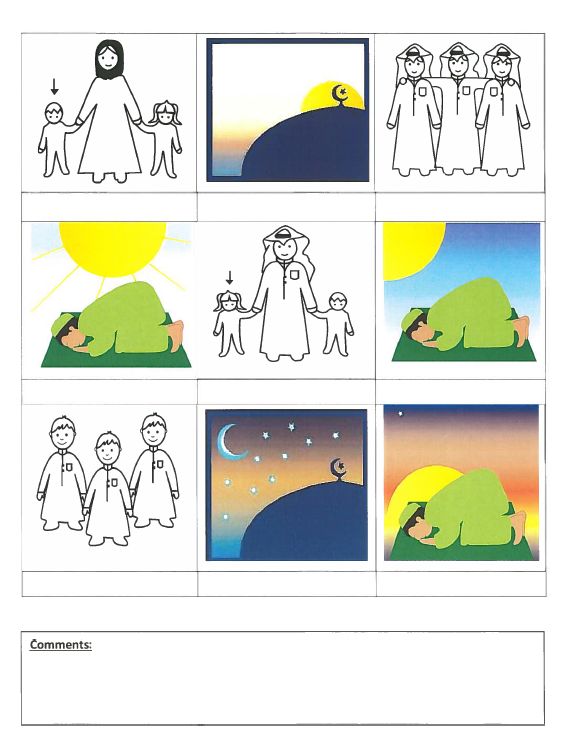
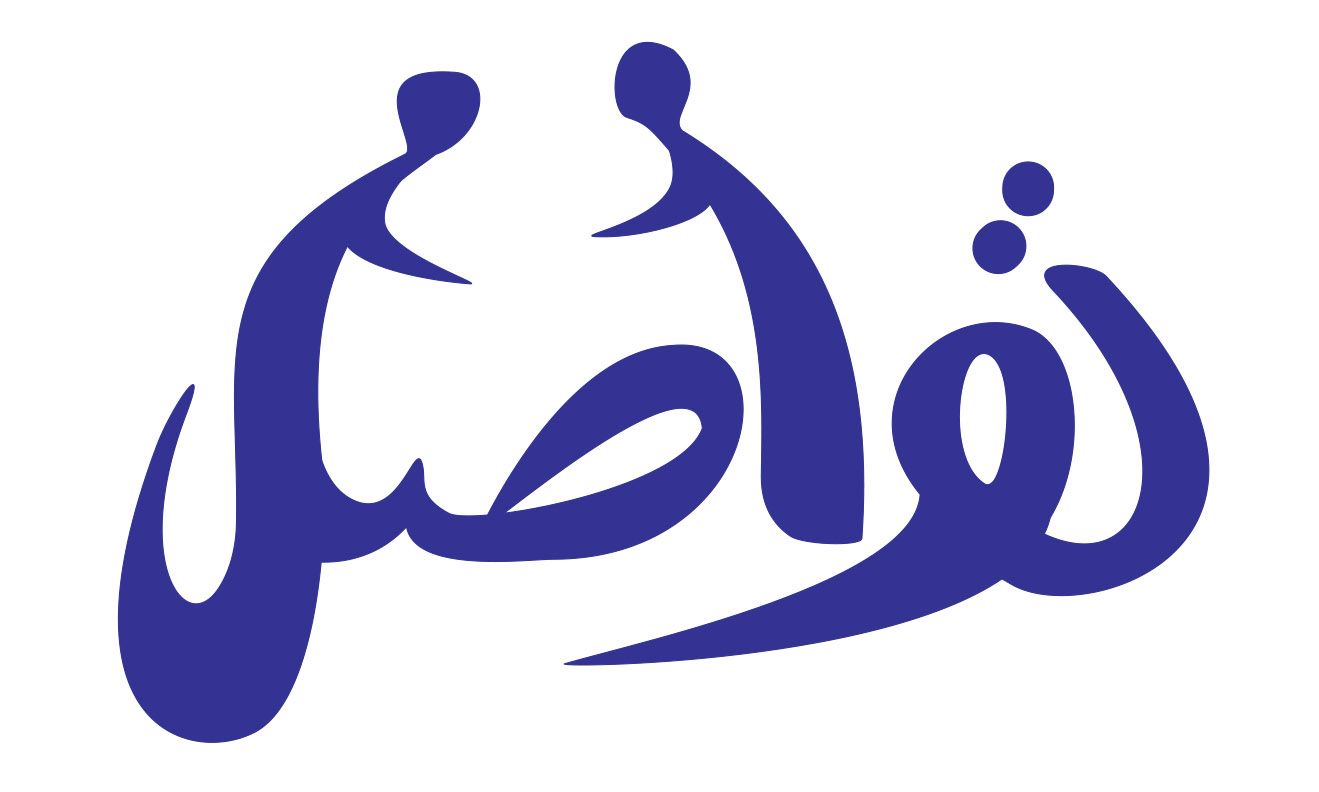
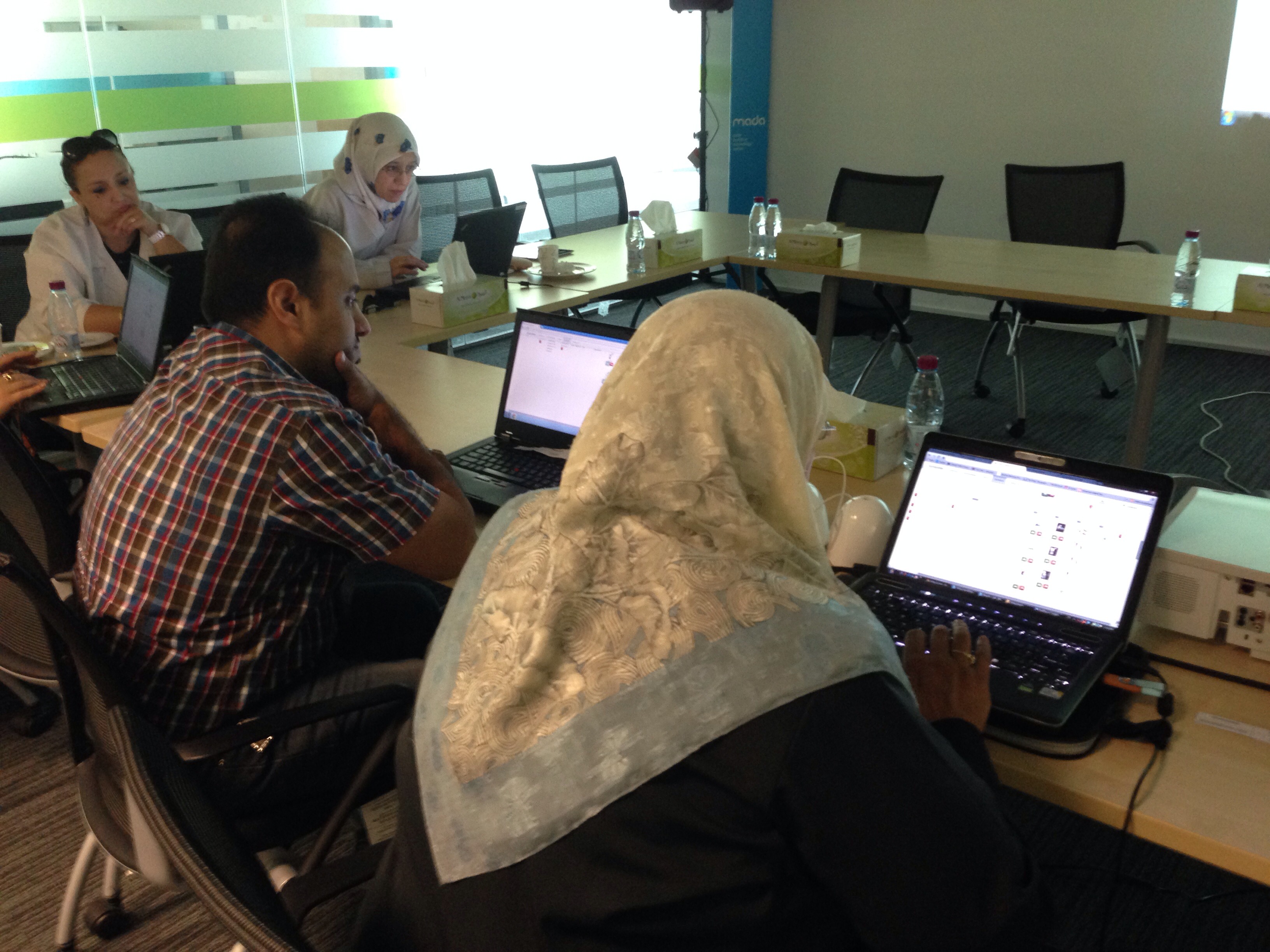


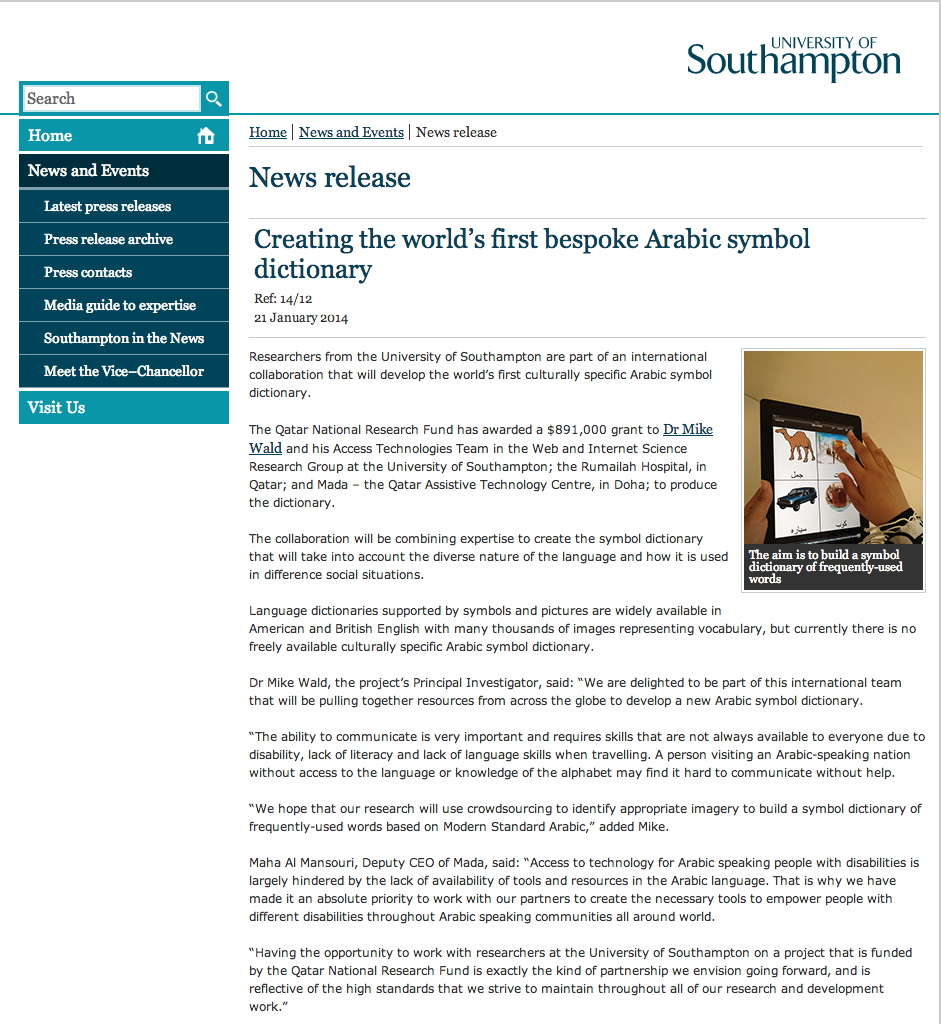 Over the last few weeks the news about this project has been in the press. The
Over the last few weeks the news about this project has been in the press. The 
